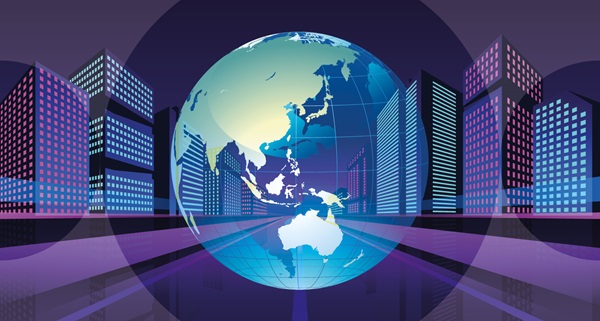
Robert Gilhooly, Senior Emerging Markets Economist, Tettey Addy, Emerging Markets Economic Analyst and Mark Bell, Graduate Business Analyst, Global Macro Research
Both developed and emerging economies have huge physical infrastructure investment needs, which we quantify using a new modelling framework. Building this infrastructure will be essential to underpin future growth and hitting sustainable development goals. Substantial amounts of private capital will be required to help fund this investment.
Key Takeaways
- The world will need to spend almost $64 trillion on physical infrastructure over the next 25 years, equivalent to 1.7% of global GDP per year.
- Emerging markets (EMs) account for $43 trillion of this, reflecting their greater development needs and faster economic growth, while developed markets (DMs) need to spend $21 trillion. Transportation and power generation make up the bulk of physical investment needs.
- The seven-million-km expansion of the global road network, alongside substantial maintenance costs of existing roads, is by far the largest cost within transportation investment, totalling $28 trillion.
- Rising power needs, the electrification of transport, and the pivot towards renewable energy, imply that global power generation capacity needs to rise from 8,000 gigawatts (GW) to over 21,000 GW (+165%) by the middle of this century, at a cost of $27 trillion. This could be pushed higher still by power-hungry new technologies, such as artificial intelligence data centres.
- China’s $12 trillion expenditure on power generation is set to be the largest single infrastructure investment undertaken by any country, equivalent to almost a fifth of total global infrastructure spending.
- We expect that the private sector will be increasingly required to help finance these infrastructure needs, as governments are squeezed by high debt levels and geopolitical pressures to spend more on defence.
Read More >





